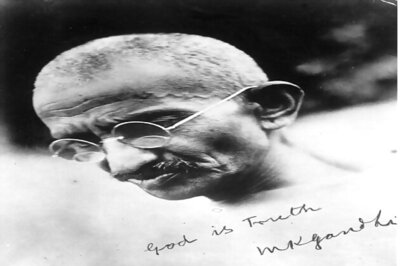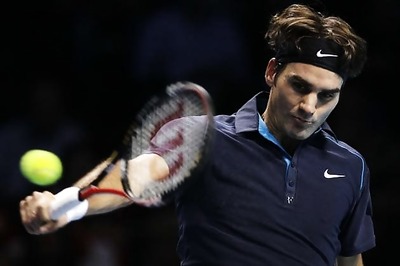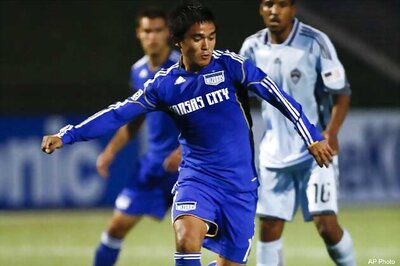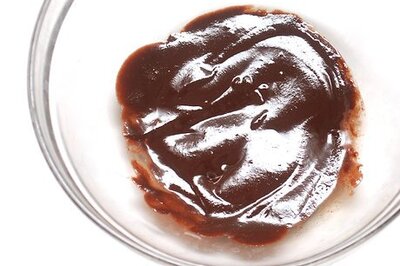
views
The 1912 Games in Stockholm were by comparison to the first faltering steps of the previous events a relative success.
This was mainly because of a number of welcome changes. For the first time athletes from five continents took part in the Games and the events took place over what was a shorter period of just over two months.
The Games were also independent in that they were no mere appendage to a larger event or commercial exposition.
One of the great stars was Finland's Hannes Kolehmainen, who won the 5,000m, 10,000m and cross-country races to establish a great tradition of Nordic middle distance dominance that lasted up until World War II.
A number of American athletes also lit up the Games and helped their nation pip Sweden in the medals table with a haul of 25 as opposed to the hosts' tally of 23.
Duke crawls to gold
Hawaian swimmer Duke Kahanamoku, also widely acknowledged for the popularisation of surfing, eased toward the 100m freestyle gold with his innovation, the front crawl style.
American sprinter Ralph Craig romped to a double gold in the 100m and 200m events and his compatriot Jim Thorpe won the pentathlon and the decathlon.
Thorpe however was later accused of professionalism and was both stripped of his medals and black listed. It was not until 1982 that he was posthumously re-instated.
Several events featured for the last time, the long and high jump without run up and the two handed hammer and discuss for example, while boxing, banned in Sweden at the time, was temporarily sidelined.
The Games were a great success for the International Olympic Committee (IOC) and its founder Pierre de Coubertin.
However, many were saddened by the death of Portuguese marathon runner Francisco Lazaro, who collapsed during the race due to heat exhaustion.




















Comments
0 comment